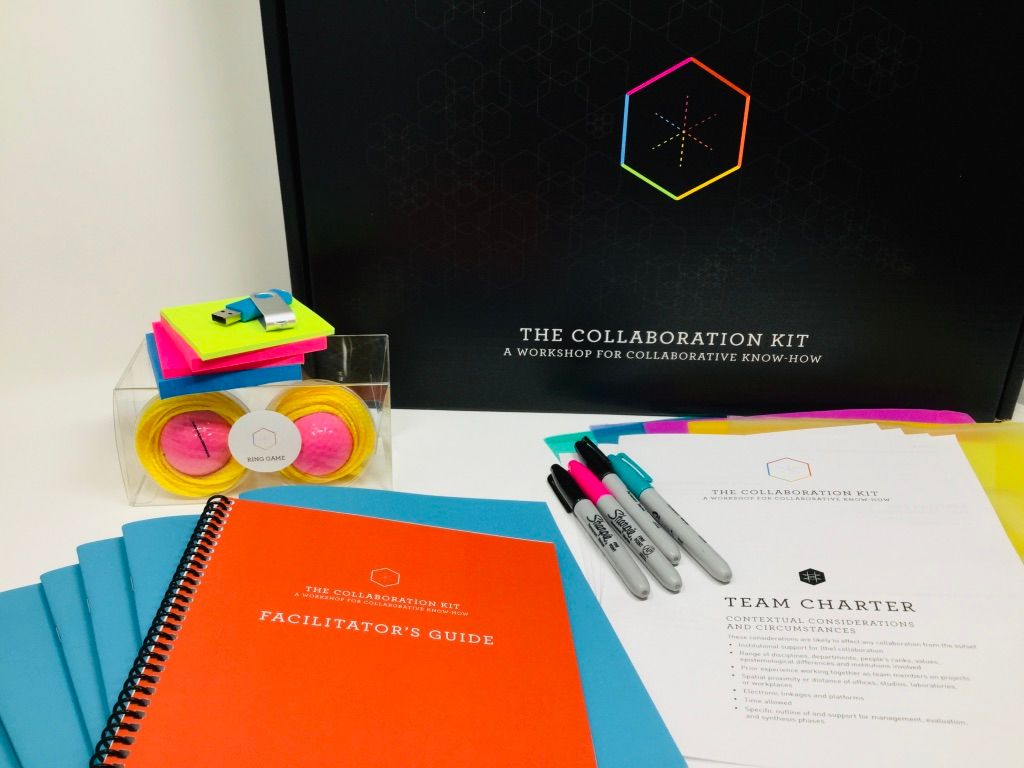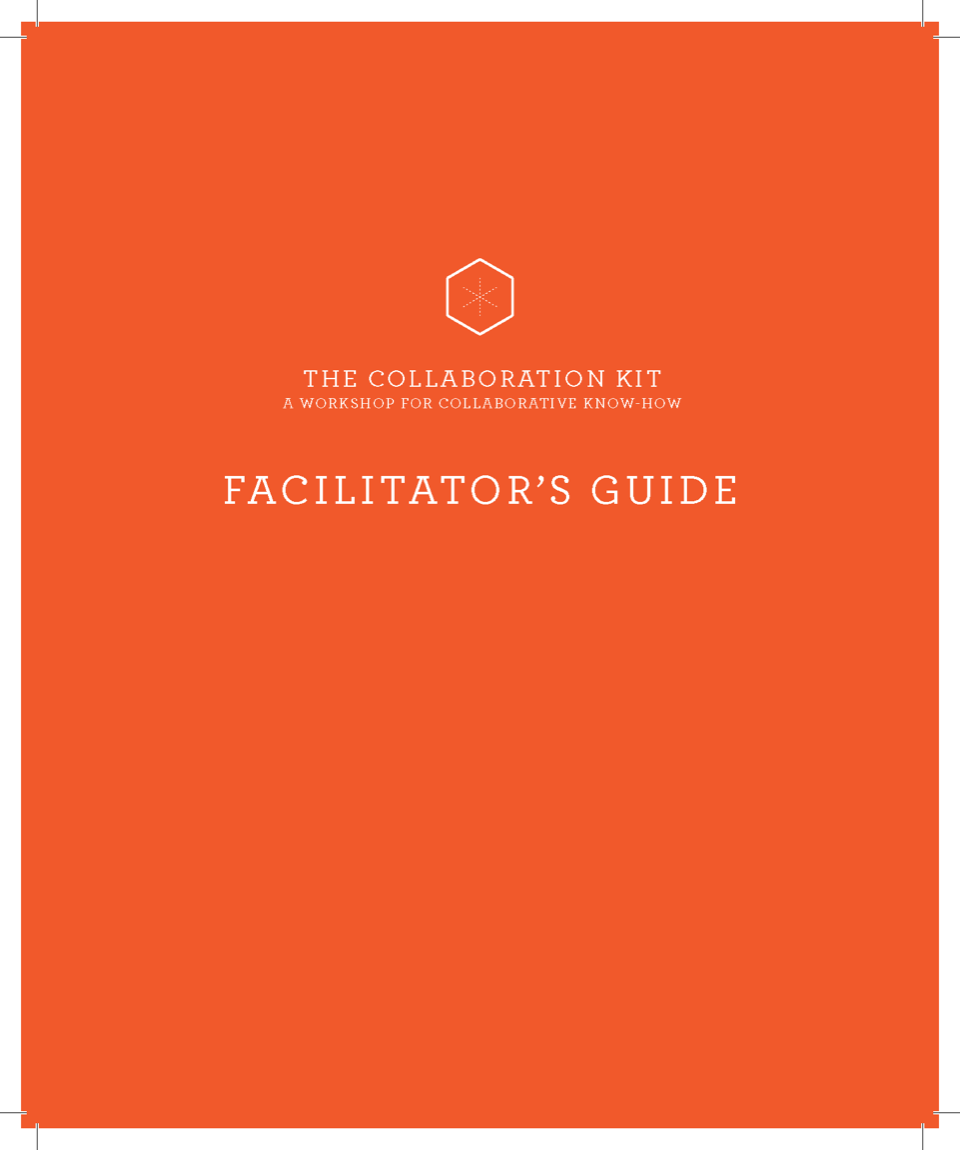
From 2012-2015 (as part of the Mellon-funded SPARC project), we interviewed upper-level administration, faculty, and students at 38 member institutions about their arts-integrative and interdisciplinary collaborations. These included partnerships and group collaborations for teaching, research projects, community engagement, or other initiatives. We asked about the challenges they face in interdisciplinary collaboration, both because of disciplinary assumptions and because of university structures that pose obstacles. We also asked how they overcome those challenges, and what advice they have for collaborators.
This report is a synthesis of our findings from that research.
The report offers two different frameworks of interpretation for the same data, two different ways of telling the story. Readers can use whichever framework suits their needs, or consider them in tandem. The first framework follows the logic of the interview questions; it structures the data as a set of challenges and ways forward. In the second framework, we identify and explain four areas that are critical for successful interdisciplinary collaboration. Both frameworks operate at the level of the collaborator—where insights are relevant for faculty, students, researchers, and community partners who are themselves involved in interdisciplinary collaboration—and at the level of the institution—dealing with issues germane to promoting interdisciplinary collaboration through supportive structures, policies, and practices across the university.
For use as a part of team-formation or planned renegotiation of collaborations, this series of prompts focuses discussion on issues like Developing Interdisciplinary Curricula, Fostering Relationships Across Campus, and Promoting Diverse Ways of Knowing.
(in collaboration with Future Work Design)

The Collaboration Kit is a readymade workshop-in-a-box that helps facilitators develop the knowledge, skills, and dispositions needed for interdisciplinary collaboration among faculty, academic leaders, students, and staff.
A2RU conducted interviews with academic leaders, faculty, staff, and students at 38 research universities, with questions like “What are the challenges facing interdisciplinary teams who teach or research collaboratively?” and “What practices support smoother processes and better outcomes?” Using a bottom-up manual coding process, we surfaced common barriers to interdisciplinary collaboration, as well as patterns of effective collaboration.
In our data set, we tagged 463 mentions of either a barrier to cross-disciplinary collaboration, or a specific way forward through it. From these, we identified four key areas of concern: the role of leaders, the importance of solid structure, bridging difference, and creating an environment in which cross-disciplinary collaboration can thrive. These four areas help workshop participants with shared interest find each other. and focus their experience. Specifically, teams tackle a simulation exercise from the perspective of one of those four areas of concern.
A2RU then transformed these insights into a practical, hands-on experience for academic leaders.

Imagining a “workshop in a box,” we asked questions like: What worked well in the collaboration workshop? How can we make those successes more accessible and durable? How do we leverage the potential of a readymade turn-key physical object like a kit? We packed into the box an in-depth Facilitator’s Guide, agenda, workbooks, and everything needed to produce the experience at your institution.
A hands-on workshop mobilizes the benefits of active learning; participants’ interaction with key concepts is more impactful when it is experiential as well as theoretical. We designed the workshop to engage participants on two levels: 1) acquire information, skills, and best practices about collaboration, and 2) immerse in a simulation activity that requires collaboration with other participants around a challenging, deadline-driven task. Workbook activities like taking notes and writing reflections keeps engagement levels high.
With a design sprint at the center of the workshop, teams create physical artifacts together. This process requires them to research and think rigorously about selected issues of interdisciplinary collaboration, even as they share knowledge with their peers. The design sprint inherently results in products: the artifacts each team creates. These can be shared and disseminated, extending workshop insights to a broader community.
Many interviewees talk about the importance of establishing ground rules for their interdisciplinary collaborations. This critical step is built into the workshop; teams complete a Team Charter together (right-click to save-as and download the above Team Charter pdf).
The in-depth Facilitator’s Guide provides recommendations for choosing a facilitator, big-picture approaches to the task, and specific guidance for facilitating each activity and transition in the workshop.
In our data, language is the most-cited barrier to successful collaboration. Many interviewees report that simply asking for clarification of terms is a productive way to move forward. While this seems simple, it can be uncomfortable. Some scholars, having built careers on displaying deep expertise, feel uncomfortable in a position of not-knowing.In the workshop, participants call out “Pineapple!” when they don’t understand how others are using a term. Defining a protocol that is light-hearted and a little silly makes it easier for participants to move through moments of non-comprehension.